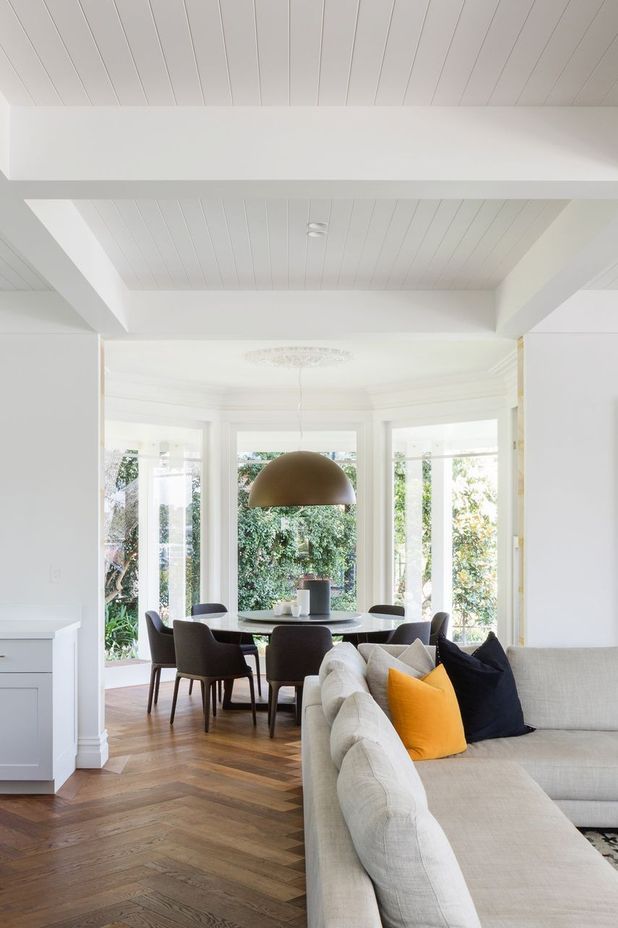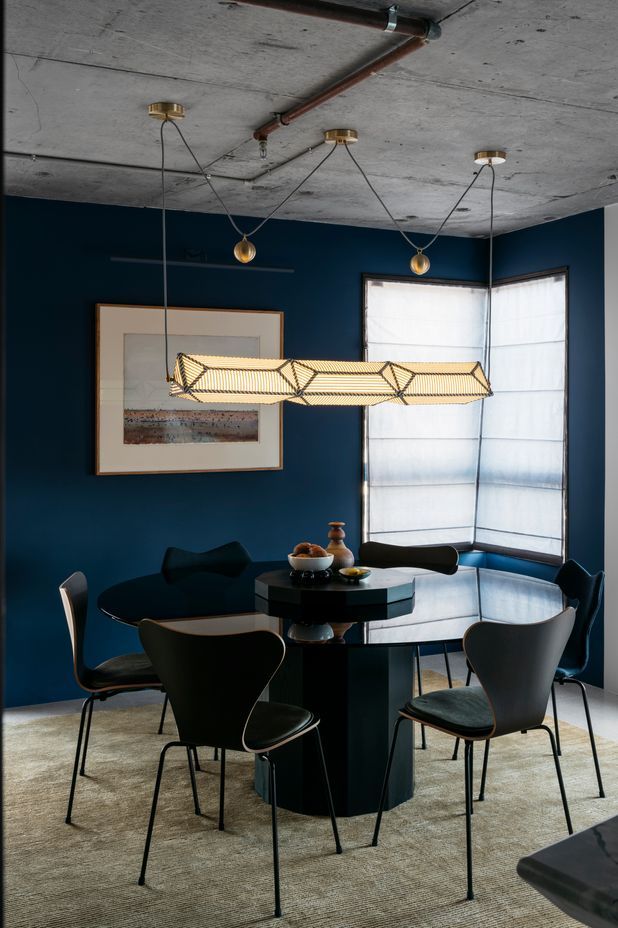Long live the dining room: the unexpected feature that has returned to homes
Written by
05 October 2022
•
4 min read

The once-too-formal dining room has undergone something of a renaissance. The rise and rise and rise of open-plan living that started in the 1970s and continued well into the late 2010s rendered the dining room staid and irrelevant, with those who had one often airily dismissing it as something for when ‘company’ was over.
However, in the post-pandemic era, many homeowners have realised that while an open kitchen-dining-living space has its merits, a kitchen-living-dining-office-schoolroom space is less than desirable. While open-plan living spaces were embraced for their ability to foster ongoing conversation and connection, increased time at home has shed light on the need for both dedicated spaces and respite from other household members. Essentially, there’s beauty in delineation – and the opportunity for seclusion.
UK-based real estate agency Purplebricks found that the dining room has usurped the home office as the most sought-after feature, with 70% of prospective home buyers desirous of a separate dining room for entertainment purposes. On Australian shores, the dining room has also made a comeback, albeit in a different form than the overly formal, airless dining rooms with imposing tables and straight-backed chairs.
Instead, dining rooms in Australian households signal a renewed focus on dedicated time spent with loved ones, a welcome change from the laissez-faire approach to dining adopted by many time-poor families. Rather than an either-or approach, Australian homes have proven that dining rooms and open-plan living can exist in harmony. In lieu of the closed-off dining rooms of yesteryear, modern dining rooms are being integrated into light-filled open spaces, with savvy styling creating an environment that communicates a touch of gravitas without being stuffy.
Additionally, the furniture itself has undergone an alteration; large-scale rectangular or eclipse tables are increasingly being forgone in favour of smaller circular varieties. This does away with the sinking dread of being stuck next to the town bore for three courses and better facilitates group discussion.
Basically, modern dining rooms – or areas, as the case may be – are more formal than pulling up a stool at the kitchen benchtop, but not so dignified you need a crash course on using the right cutlery.
In this Hunters Hill home, the dining room replaces the kitchen as the heart of the home. A sizeable hexagonal glass extension set to the side of an open-plan home lets the outdoors in while making the dining room the centrepiece of the home. Designed for a professional couple with three children, the dining room balanced formality with function, acting as a space for the family to gather. A circular dining table and low-set pendant light work to set an intimate tone, with the dining room feeling distinctly demarcated from the rest of the living area.
Meanwhile, this Darlinghurst apartment proves you don’t need a large floorplan to create an impactful space. Despite being set within the same space as the kitchen, a strategically placed rug, a bold feature wall and sculptural pendant lighting distinguish this dining area from the rest of the room.
Making the most of its sublime garden, this Toorak residence promotes a seamless indoor-outdoor connection, with the dining table sitting perfectly between the pool terrace and interior living spaces. A contemporary oceanic take on a European garden villa, the dining area is next to the kitchen but the positioning of the table and use of statement lighting makes it the definitive centrepiece of the home.
This Mosman home takes a restaurant-esque approach to the dining room, using banquette seating to draw the line between kitchen and dining areas and providing a plethora of seating options to choose from. The cosy nature of the space means it’s equally well-suited to enjoying a quiet breakfast with a view of the garden or entertaining guests for dinner.
Ready to (slightly) close off your open plan space? Explore more beautiful projects and find the right interior designer on ArchiPro.
Words by Tanisha Angel






